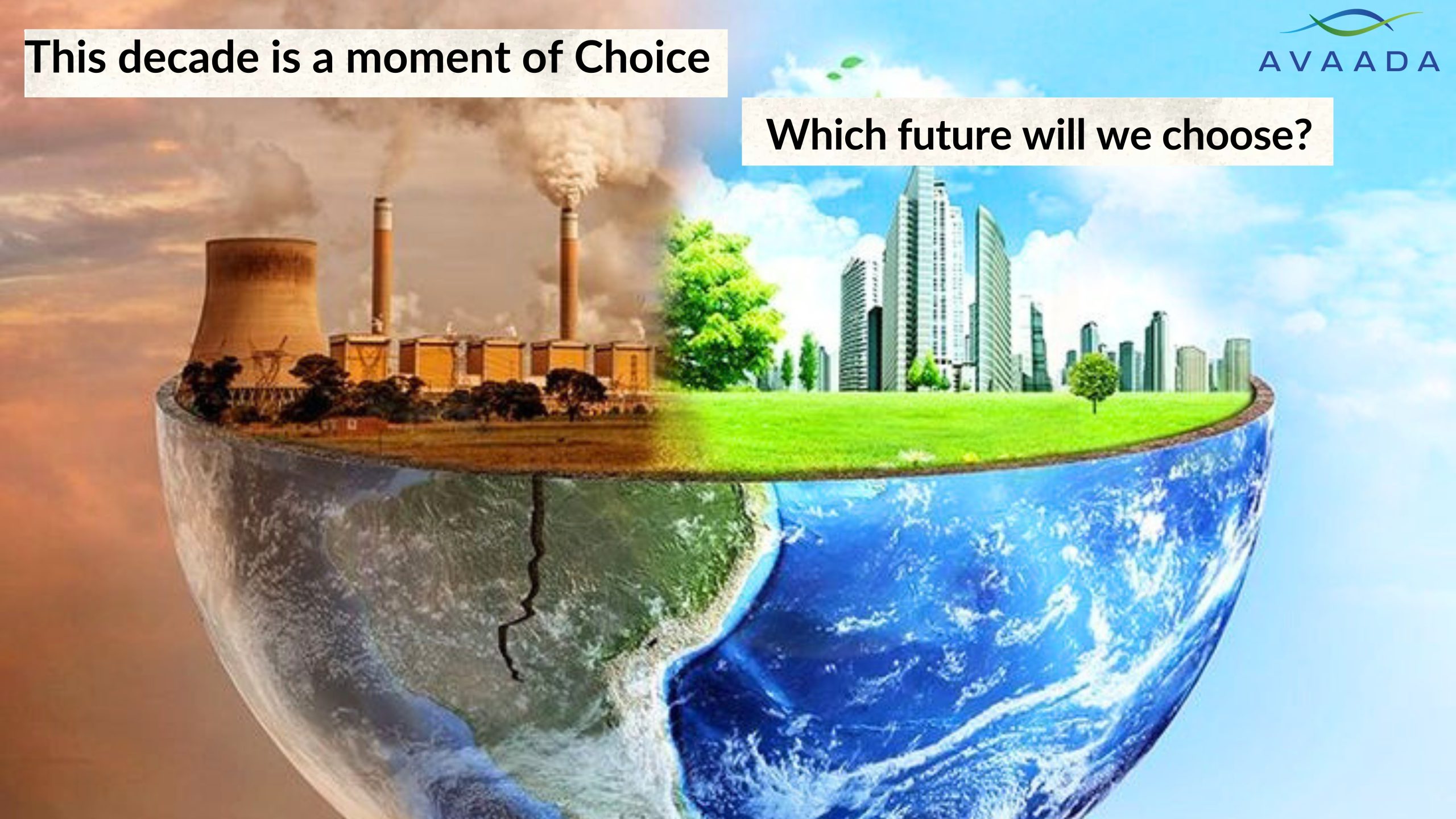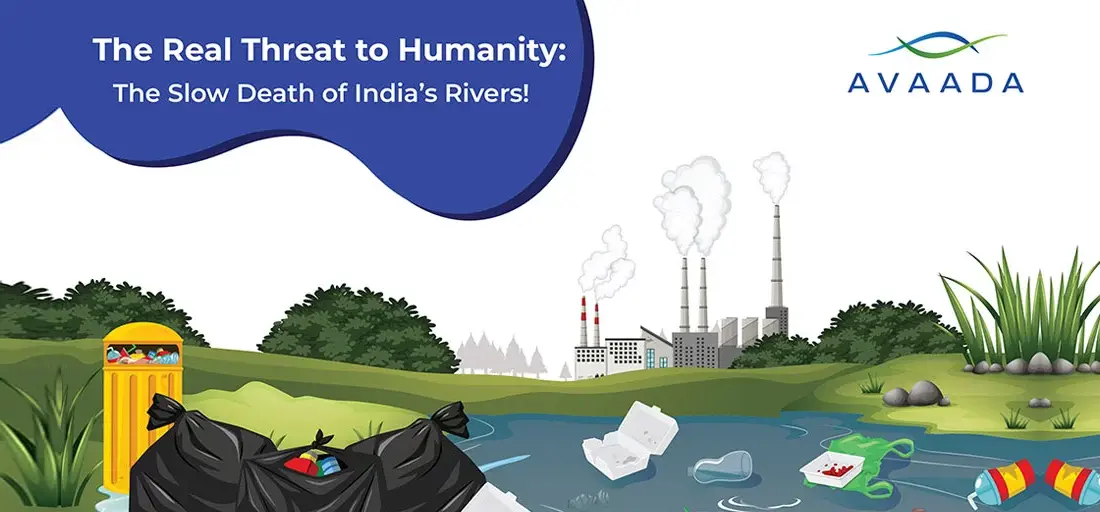We’re on the cusp of a new era, a time full of #future potential. We face a critical turning point. This isn’t just about the changing years, it’s a crossroads that will define our path forward as a whole. The choices we make now will have long-lasting effects, shaping the world we’ll live in. In short, this decade asks a big question: what kind of #future will we build?
The undeniable effects of human-induced global warming are not a distant threat; they are here and now, irreversible and destined to worsen as long as we continue to release greenhouse gases into the atmosphere.
We are already witnessing the real-world consequences that scientists had forewarned us about the alarming loss of sea ice, the retreat of glaciers and ice sheets, rising sea levels, and more frequent and intense heat waves. The severity and pace of these changes, along with associated risks, are inextricably linked to our near-term actions on mitigation and adaptation. Every increment of global warming exacerbates the threats, losses, and damages that communities around the world will face.
Global temperatures are on the rise, driven by the accumulation of greenhouse gases that trap heat in our atmosphere. Droughts are extending their grip, becoming longer and more extreme on a global scale. Tropical storms are gaining in ferocity as ocean waters warm. As temperatures climb, mountainous and polar regions are losing their snowpack, and what remains melts at an accelerated rate. Across the board, glaciers are receding at an alarming pace. In fact, the Intergovernmental Panel on Climate Change (IPCC) reports that the changes we are witnessing in our global climate are unprecedented in human history, and some of these changes are irreversible for hundreds to thousands of years.
What Lies Ahead?
The future is undeniably warming. At the United Nations Climate Change Conference in November 2021, nations pledged to do more to combat climate change. Their commitments, if fulfilled by 2030, would still lead to approximately 2.4°C of warming by 2100. Despite efforts to reduce greenhouse gas emissions, this temperature rise is still expected.
Given the trajectory of warming and the increasing frequency of extreme weather events, it is clear that a child born today will experience a world marked by melting snow and ice, rising sea levels, acidic oceans, more severe weather events, shifting ocean currents, changing cloud patterns, risks to marine life, and threats to life on land.
This year marks the first global stocktake of the Paris Agreement, which evaluates global progress toward climate goals. The urgency for transforming our global energy systems to align with the 1.5°C target has never been greater, as global CO2 emissions reached a record 37 Gt in 2022. While momentum for low-emission hydrogen is growing, cost constraints and demand uncertainties still pose challenges.
Optimism Amid Despair
We find ourselves at a pivotal moment in history where the choices we make today will determine our course. This decade is our chance to avert the most catastrophic consequences of climate change and chart a course toward a net-zero future.
Limiting global warming to 1.5 degrees Celsius (2.7 degrees Fahrenheit) is still achievable but demands rapid, far-reaching transformations across all sectors, from energy production and buildings to industry, transportation, agriculture, land use, and coastal management. Immediate scaling up of carbon removal and climate finance is essential.
Today, we are witnessing a growing coalition of countries, cities, businesses, and institutions committed to achieving net-zero emissions. More than 100 countries, including China, the United States, and the European Union, have proposed or considering net-zero targets. More than 3,000 businesses and financial institutions are aligning with scientific climate targets. Nearly 1,000 cities, 1,000 educational institutions, and 400 financial institutions have pledged to halve global emissions by 2030 as part of the Race to Zero initiative.
This pivotal moment also offers the opportunity to diversify and expand supply chains for renewable technologies without harming the environment. Investment trends show that renewable energy sources such as solar, wind, wave, and geothermal power are adaptable to diverse climates and have the potential to enhance energy sovereignty.
Time is running out, and we are in a race against the clock. To spur low-emission hydrogen production, projects are multiplying rapidly and could increase annual production to 38 Mt by 2030, up from less than 1 Mt in 2022. More than 40 countries have adopted hydrogen strategies, but cost inflation and policy delays are impeding scale-up.
To meet the Net Zero Emissions by 2050 Scenario outlined by the International Energy Agency (IEA), we must stimulate demand for low-emission hydrogen, which currently represents less than 1% of global hydrogen production and must grow over 100-fold by 2030.
While progress has been made in providing financial assistance to developing nations and promoting joint research and development, we must further align policies to create demand for clean technologies and foster dialogue on trade in sectors critical to the transition. In many sectors, participation in key cooperative initiatives falls short of a global market majority.
To achieve the goals of the Paris Agreement and sustainable development, developing countries require a seven-fold surge in clean energy investment by 2035.
In a hopeful sign, clean energy investment hit a record high in 2022 and continues to grow substantially. The global recovery from the COVID-19 pandemic and the response to the energy crisis have driven clean energy investment to exceed USD 1.7 trillion in 2022. For every dollar spent on fossil fuels, USD 1.7 is now invested in clean energy, a significant shift from the 1:1 ratio of five years ago. Solar PV and electric vehicles are driving further growth in clean energy investment in 2023.
This surge in clean energy investment has the potential to create millions of green jobs, particularly benefiting women and youth in developing countries.
Our goals are within reach, and we can safeguard the future, but it hinges on translating our commitments into tangible action.








